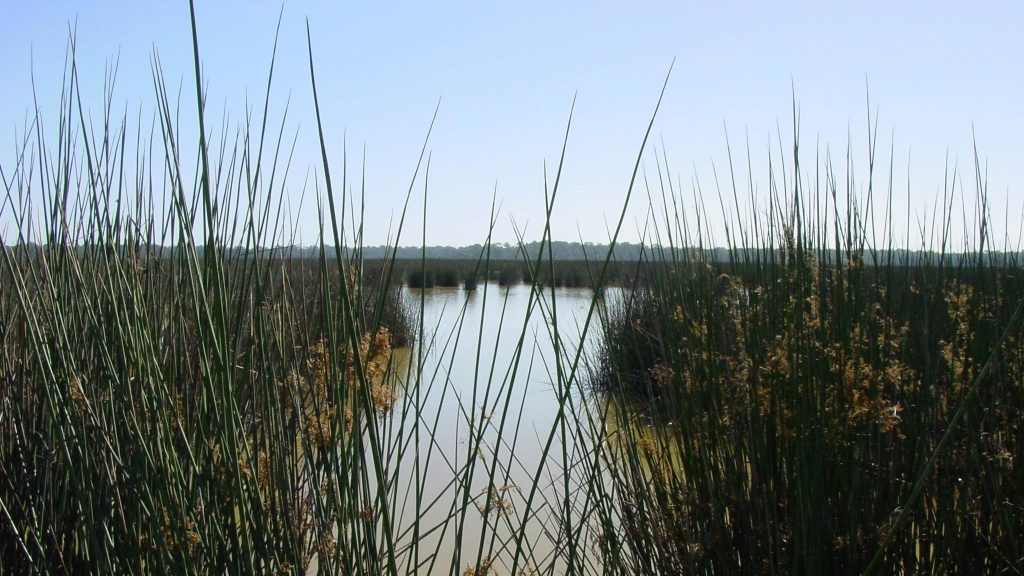Early Years
(1860–1874)

Birth
In Aboriginal tradition the place where someone is born is more important than when they were born. William Cooper was born in the heart of the Yorta Yorta nation’s territory, at Lake Moira near the junction of the Murray and Goulburn rivers. One of his Aboriginal names was Yelgaborrnya. His mother was Kitty Lewis, a woman of the Wollithiga grouping of the Yorta Yorta nation who had taken the surname of the founder of the Moira pastoral station as part of her people’s attempt to forge a reciprocal relationship with the white invaders. The historical record suggests that the white man who ‘fathered’ him played no significant role in his life.


By the time Cooper was born in the early 1860s the Yorta Yorta had been decimated by the white man’s violence and introduced diseases as well as dispossessed of their lands. But they had not been displaced. They remained on country because they were still able to exploit the rich combination of eco-systems that had long supported several large Aboriginal nations along the Murray River, worked in the local fishing and pastoral industries, and obtained food from depots overseen by benevolent pastoralists acting as guardians for the Victorian Board for the Protection of Aborigines. They were increasingly subject to the white man’s laws, yet continued to try to order relations between themselves and neighbouring Aboriginal nations according to customary law. As an old man, Cooper could recall such a meeting numbering several hundred men.

Cooper and John O’Shanassy

In 1867 Cooper was taken by James O’Shanassy, a leading Victorian politician, businessman and lay Catholic who had assumed the lease for Moira in 1862, to live with his family in Melbourne. The O’Shanassys resided in an eighteen-room mansion in part of the suburb of Camberwell known as the Tara Estate, which enjoyed a commanding view of the city. Apparently, William was happy there, but late in his life he recalled being treated by O’Shanassy’s three daughters as if he was a black doll. He also remembered working in the stables of the New Imperial Hotel on Elizabeth Street in the city, which O’Shanassy owned. Once William began to show signs he was entering puberty, O’Shanassy sent him back to Moira.

Return to country
On Cooper’s return to Moira he learned horse-breaking and other such skills. For the next several years he seems to have worked on this pastoral station as well as Lower Moira (later called Madowla Park). One might doubt that his living conditions were as good as those O’Shanassy provided his white shepherds. Indeed, during these years the Yorta Yorta people’s struggle to survive became more difficult. The breaking up of several of the pastoral runs resulted in an intensification in the way white settlers used the land, the demand for Aboriginal people’s labour declined, their food sources were depleted and their health deteriorated. Cooper and one of his older brothers became concerned about the sexual abuse their women siblings were suffering at the hands of local white men and so were looking for a refuge for them.

